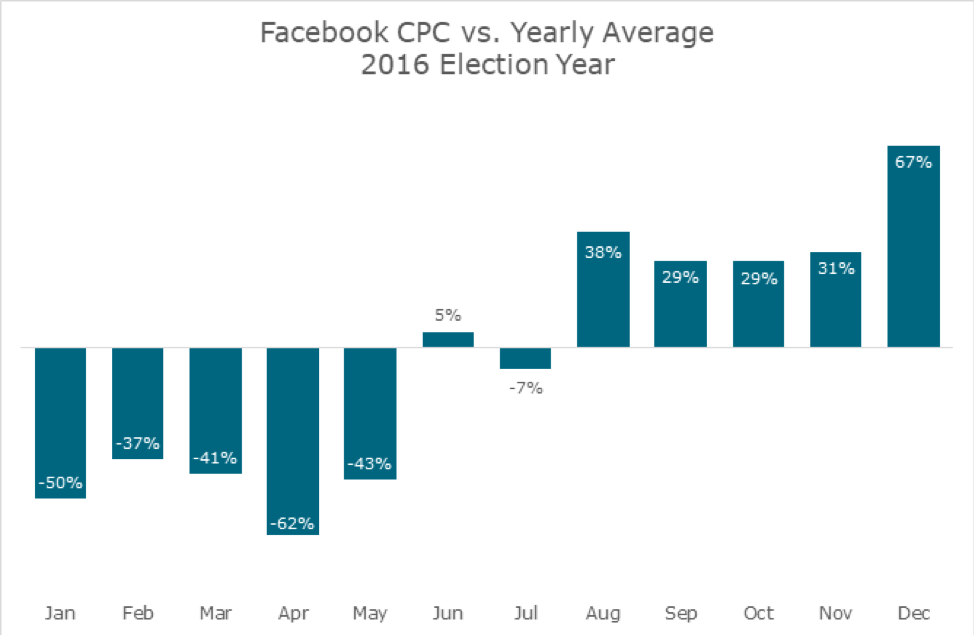Make the Most of Spending During Increased Competition
There can be little doubt that 2020 is set to be a record year for political ad spending if any of the industry forecasting is to be believed. The current political climate is very polarized, with around two dozen Democratic candidates currently in the running, and record fundraising dollars for Trump; this, combined with the hundreds of local races, and spending on issues in battleground states, is playing a factor in the range of spend projections that continue to be publicized while we are still a year out from the election.
Kantar Media is suggesting that political ad spending for the 2020 election will reach $6 billion, while Group M is forecasting an even higher estimate of $10 billion, which would be around a 59% increase from the 2016 election year. Television ads—largely local news—and direct mail campaigns remained the biggest expenses for campaigns, accounting for about half of all media spending; however, candidates are expected to invest more ad dollars in growing mediums like OTT (Over-the-top) and CTV (connected TV) as inventory will continue to tighten, especially in battleground states such as Florida. Kantar has also identified “toss-up” states as Arizona, Wisconsin, Michigan, Pennsylvania, and North Carolina that are expected to receive large amounts of political spend through election day.
What can EDU advertisers do during the next year to be efficient with our advertising dollars, knowing that business still needs to operate as usual despite us being in an election year? Ad rates are expected to surge for premium TV programs, allowing for digital advertising to be poised to grab an increased share of advertising budgets. Awareness dollars normally allocated to broadcast and cable might be better served on Hulu, as an example, which also allows for greater audience targeting and can use your CRM data to create lookalike audiences. Shifting local radio dollars to Spotify, podcasts, Pandora and other streaming audio platforms can allow for more effective CPMs as well as digital-like targeting capabilities within local markets.
Looking to social media platforms such as Facebook and Instagram, cost per clicks (CPCs) are expected to increase substantially in the second half of the year. Based on 2016 data, Facebook CPCs jumped in August as the political advertising climate heated up. These increased CPCs were sustained through Election Day and rolled right into the holiday shopping season when the social media space became more crowded with retailers.
How can EDU advertisers remain profitable when fighting for ad inventory in this environment? First, you will want to be conservative with media dollars placed in these platforms in the second half of 2020. Focus on high-value audience targeting in Facebook: utilize CRM data, lookalike audiences, and remarketing lists to get the most value for your dollar.
As social media CPCs continue to increase throughout the year, shift digital dollars into platforms like YouTube, Discovery Ads (currently in beta), utilizing customer match on GDN, and maximizing search as much as possible. Outside of vendor optimization, landing page testing will be key to keep conversion rates high and offset increased costs. Take time to check out your competitors’ sites: what do you like and dislike about how they are connecting with prospective students? What are other verticals doing that could be a good EDU test?

Source: Thruline internal data
To successfully navigate the next year, put a focus on the following tactics:
Sarah Russell, Director of Digital Media & Lora Polich, Senior Media Planner